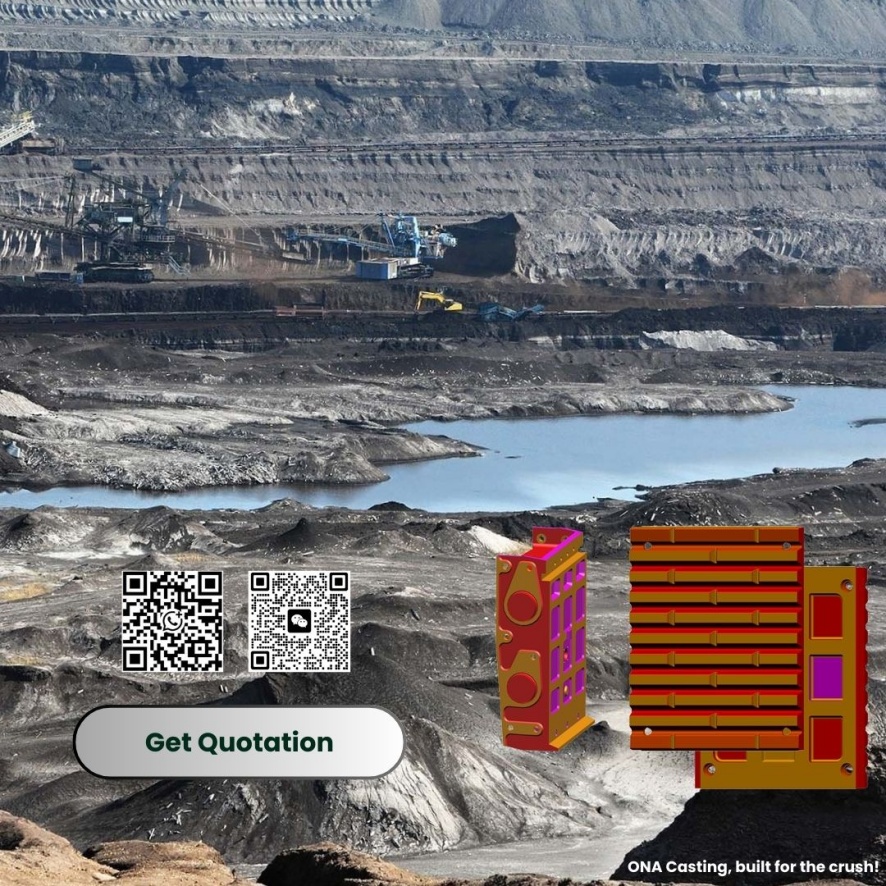Aug 07, 2025
In industries like mining and building materials, crushers are crucial equipment. Jaw crushers and cone crushers, both commonly used crushing equipment, each offer unique advantages and applications. Many people struggle to choose between them. Below, we analyze their pros and cons for your reference.
Differences in Working Principles
The working principle of a jaw crusher is quite unique. Its crushing chamber consists of a fixed jaw plate and a movable jaw plate. The eccentric motion of the eccentric shaft drives the movable jaw plate in cyclical motion against the fixed jaw plate. When the jaw plates move closer together, the squeezing force crushes the material; when the movable jaw plates move further apart, the crushed material slides down and out. This simulation is ideal for coarse crushing of large, bulky materials and is typically used as the first step in ore crushing.
The working principle of a cone crusher is different. A motor drives a drive shaft, which in turn drives the main shaft, which rotates the eccentric assembly. The head assembly, driven by the eccentric assembly, oscillates back and forth, sometimes approaching and sometimes moving away from the bowl assembly. During this process, the material is subjected to repeated compression and impact, and only qualified material falls out of the crushing chamber. This continuous crushing method makes it excellent for both secondary and tertiary crushing, and is typically used as a secondary process in ore crushing.
Performance Comparison
Jaw Crusher
High Reduction Ratio: Capable of crushing large bulk materials to medium or smaller particle sizes in a single operation, offering excellent coarse crushing capabilities.
Simple Structure: Easy maintenance and low operating costs. Large Feed Size: Can handle larger feed materials
Cone Crusher
High Production Efficiency: Deep crushing chamber allows for high throughput per unit time, resulting in relatively high output.
High Finished Product Size: The finished product has a more uniform particle size and slightly better shaping, making it particularly suitable for applications requiring high finished product size.
Jaw crushers and cone crushers have their own advantages and disadvantages. There is no absolute good or bad. The key is to choose the crusher that suits you best based on comprehensive considerations of your own production needs, material properties, budget and other factors to achieve the best economic benefits and production efficiency in production.
Read More
 Call Us:+86 186 5551 2307
Call Us:+86 186 5551 2307 Mail Us:jhon@onaie.cn
Mail Us:jhon@onaie.cn Call Us:+86 186 5551 2307
Call Us:+86 186 5551 2307 Mail Us:jhon@onaie.cn
Mail Us:jhon@onaie.cn